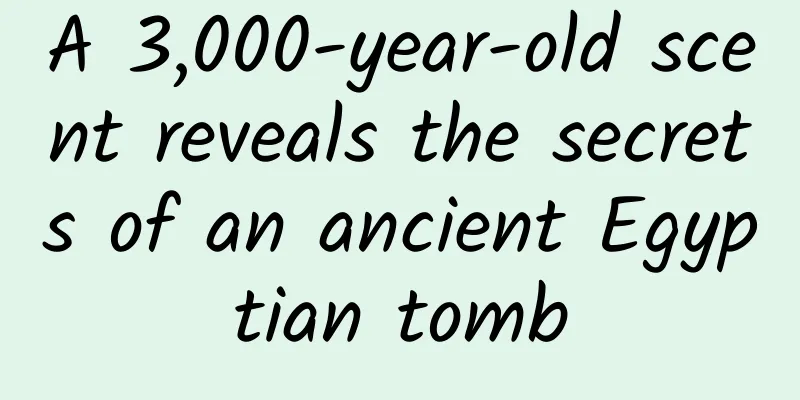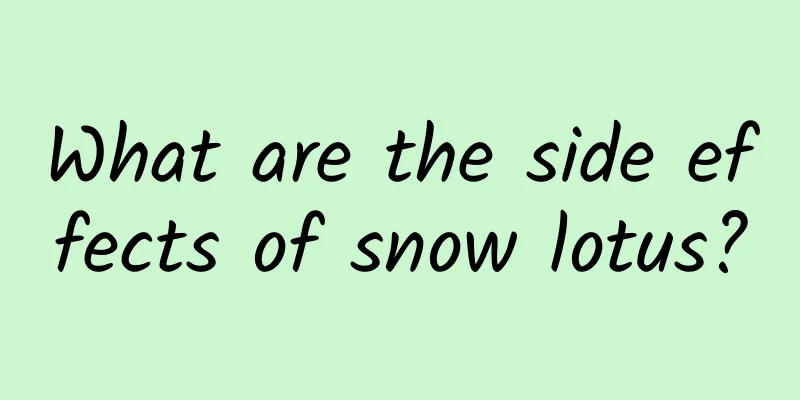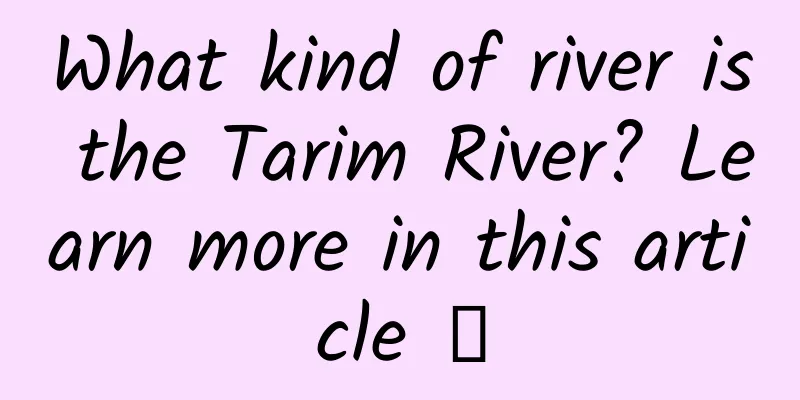A 3,000-year-old scent reveals the secrets of an ancient Egyptian tomb

|
More than 3,400 years ago, two ancient Egyptians were buried. Today, the food jars left behind to nourish their eternal souls still emit aromas. A team of analytical chemists and archaeologists analyzed the odors to help identify the jars' contents. The research shows how "smell archaeology" can enrich our understanding of the past—and perhaps make museum visitors more immersive. The discovery of the intact tomb of Kha and Merit in the necropolis of the Village of Craftsmen in Medina, near Luxor, in 1906 was a landmark moment in Egyptology. The tomb of Kha (who was the "superintendent of works," or architect) and his wife Merit remains the most complete non-royal ancient tomb ever found in Egypt. It provides important information about how the upper class were treated after death. “The collection is quite amazing,” says Ilaria Degano, an analytical chemist at the University of Pisa in Italy. “There are even pieces of Kha’s ancient Egyptian linen underwear with his name embroidered on them.” Contrary to common practice at the time, even after the items were transferred to the Egyptian Museum in Turin, Italy, the archaeologists who discovered the tomb resisted the temptation to "unseal" the mummy or peer inside the sealed amphorae and other jars. The contents of many of the containers remain a mystery, but Degano said there are some clues. "From conversations with museum staff, we learned that there was some fruity aroma that could be smelled in the display case," she said. Odor analysis Degano and his colleagues placed various artifacts—including sealed jars and open cups filled with the remains of decaying ancient food—in plastic bags for several days to collect some of the volatile molecules they were still releasing. The team then used a mass spectrometer to identify the scent components in each sample. They found aldehydes and long-chain hydrocarbons that indicate the presence of beeswax, trimethylamine associated with dried fish, and other aldehydes commonly found in fruit. “We found it in two-thirds of the objects, which was a big surprise,” Degano says. The findings will be part of a larger research project that will reanalyze the tomb's contents and paint a more complete picture of non-royal burial customs at the time when Kha and Merit died, about 70 years before Tutankhamun ascended the throne. This isn’t the first time that scent components have revealed important information about ancient Egypt. In 2014, researchers extracted volatile molecules from 6,300-5,000-year-old linen bindings that wrapped some of the earliest known bodies in Egyptian cemeteries. These molecules confirmed the presence of preservatives with antimicrobial properties, suggesting that Egyptians began experimenting with mummification about 1,500 years earlier than previously thought. According to Stephen Buckley, an archaeologist and analytical chemist at the University of York in the United Kingdom who was involved in the 2014 study, smell analysis is an under-explored area of archaeology. “Archaeologists have ignored volatiles because they assumed they were lost from artifacts,” he said. “But if you want to understand the ancient Egyptians, you want to delve into the world of smell.” For example, for the ancient Egyptians, incense obtained from fragrant resins was a necessity. "Incense was essential in temple ceremonies and some funeral ceremonies," said Kathryn Bard, an archaeologist at Boston University in the United States. Because there were no resin-producing trees growing in Egypt, the ancient Egyptians had to travel long distances to obtain these supplies. Add color and fragrance In addition to improving our understanding of ancient civilizations, ancient smells may also add a new dimension to the museum experience. "Smell is a rarely-visited portal into our collective history," says Cecilia Bembibre of University College London. "It allows us to experience the past in a more emotional and personal way." But Bembibre also said that reconstructing smells from ancient times is not easy. Degradation and decomposition can produce odors, so the smell obtained from an artifact today may not match what Bembibre calls the original "smell landscape" of the tomb. Buckley believes that with the right knowledge and understanding, it is possible to separate the original smell from the smell of decomposition. As for whether visitors really want to fully experience the potentially unpleasant smellscape of the ancient tomb, it is still a topic for discussion. "The curators may want people to choose how much of the olfactory experience they want to get." Buckley said. |
<<: The most "curly" ginkgo pest in nature: the super small leaf roller
Recommend
Opening a new door to green pesticides: A new type of fungicide that "kills rice cancer" is born!
Rice blast, also known as "rice cancer"...
A stool was sold for 7,900 yuan, claiming to be able to cure COVID-19. A case has been filed for investigation!
Recently, on the streets of Shenyang, Liaoning, m...
What are the medicinal values of dried figs?
Diet is the safest way to regulate the body. Figs...
New pattern of tourism economy and new orientation of industrial policy: On the tourism economic situation and summer consumption outlook in the first half of 2023
01. Economic upturn, market decline and strategic...
Technology News丨China's high-speed rail operating mileage exceeds 40,000 kilometers; Early Warring States tombs discovered in Henan
【Today’s cover】 Recently, the Taihang Banshan Mou...
How to best preserve Panax notoginseng?
Panax notoginseng is a very common health product...
The efficacy and function of hawksbill turtle meat
The medical value of hawksbill turtle meat is bey...
Don’t bear your knee pain! Remember these 8 knee care tips
As we enter summer and temperatures soar across t...
Webb telescope's more precise observations make scientists more confused about the expansion of the universe
Our universe is expanding, and an important "...
Good news from the Yangtze River "delivery room": this "mother" gave birth! The "baby" is so beautiful!
For many days in a row, a "great mother"...
These leisurely animals that spend their days lying down actually died of "involution" in the Cambrian period?
During the Ediacaran period 570 million years ago...
Creative hand-drawing丨Look! Someone has drawn the wonderful extravehicular content you missed last night!
At 00:55 on December 27, 2021, Beijing time, afte...
The efficacy and function of ginger Panax notoginseng
Ginger Panax notoginseng is a medicinal material ...
What challenges do astronauts need to overcome to return to Earth?
Chinese astronauts Tang Hongbo, Tang Shengjie and...









